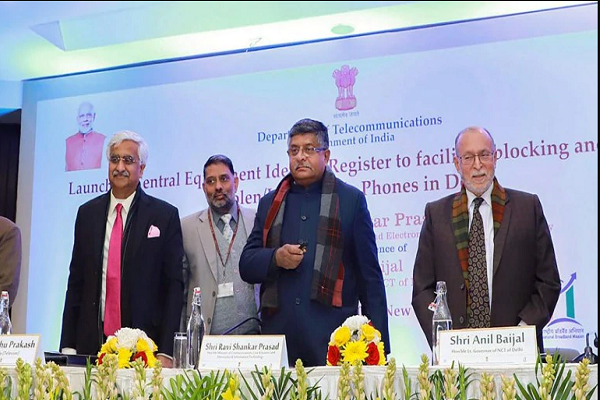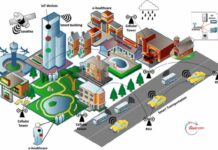
The Government of India is launching a portal that will enable blocking and tracing of stolen or lost mobile phones. This comes as a respite for the phone users in Delhi-NCR region in case when they lose their handsets.
The initiative was launched in Mumbai in September last year, and now it has been rolled out in Delhi-NCR as well. This project will see expansion across other parts of the country in 2020.
The portal, www.ceir.gov.in, for subscribers in Delhi-NCR will process requests for blocking of stolen or lost mobile phones by customers, allowing services to other existing customers having mobile phones with the same International Mobile Equipment Identity (IMEI) number, blocking of lost or stolen mobile phones across various networks, sharing traceability data with police authorities as well as unblocking of recovered phones.
The project is supported by the Central Equipment Identity Register (CEIR) system, which was undertaken by the telecom department for addressing theft, security and other concerns including reprogramming of mobile handsets.
Telecom Minister Ravi Shankar Prasad while launching the initiative said security and safety of phones are crucial given the country’s technological strides and digital prowess.
“While we make optimum use of technology for development, there are equally smart criminals who abuse technology for their own ends,” Prasad said.
This latest initiative aims to benefit 5 crore mobile subscribers in Delhi and adjoining areas.
“Delhi telecom subscribers whose phones get stolen or those who lose their phones can log into the web portal from today. They can go to the portal and register their complaint, along with which they will also have to upload the police complaint and their own ID proof. Based on this, the lost mobile will be blocked. Also if someone uses it, the same can be traced based on the tower signals so the police can also recover the device,” said Telecom Secretary Anshu Prakash.
Prakash further explained that the International Mobile Equipment Identity (IMEI) is the unique identity of a mobile phone device. IMEI number is programmable and miscreants and criminals reprogramme the 15-digit unique number, which results in cloning of IMEI. The result if multiple phone devices, at times hundreds of numbers, with same IMEI number.
In case the IMEI is blocked, all the handsets with the same IMEI number stand the risk of getting blocked causing inconvenience to the phone users. The software that has been developed allows only an individual phone be blocked even if it is on a cloned IMEI number.
In addition to such a risk, the centralised nature of the register or database allows the operators to block the particular stolen or lost device across the country even though the phone is being run by one particular operator.
“This will also reduce the market for stolen phones,” Prakash added.
Speaking on the progress of the initiative in Mumbai, Prakash said as many as 500-600 complaints were logged in Mumbai. In 50 percent of the cases in Mumbai, traceability information has been handed over to the police. Also, much depends on whether the phone is being used after it has been stolen. If someone does not use it, it cannot be traced, but it can certainly be blocked. They won’t be able to sell it.





















